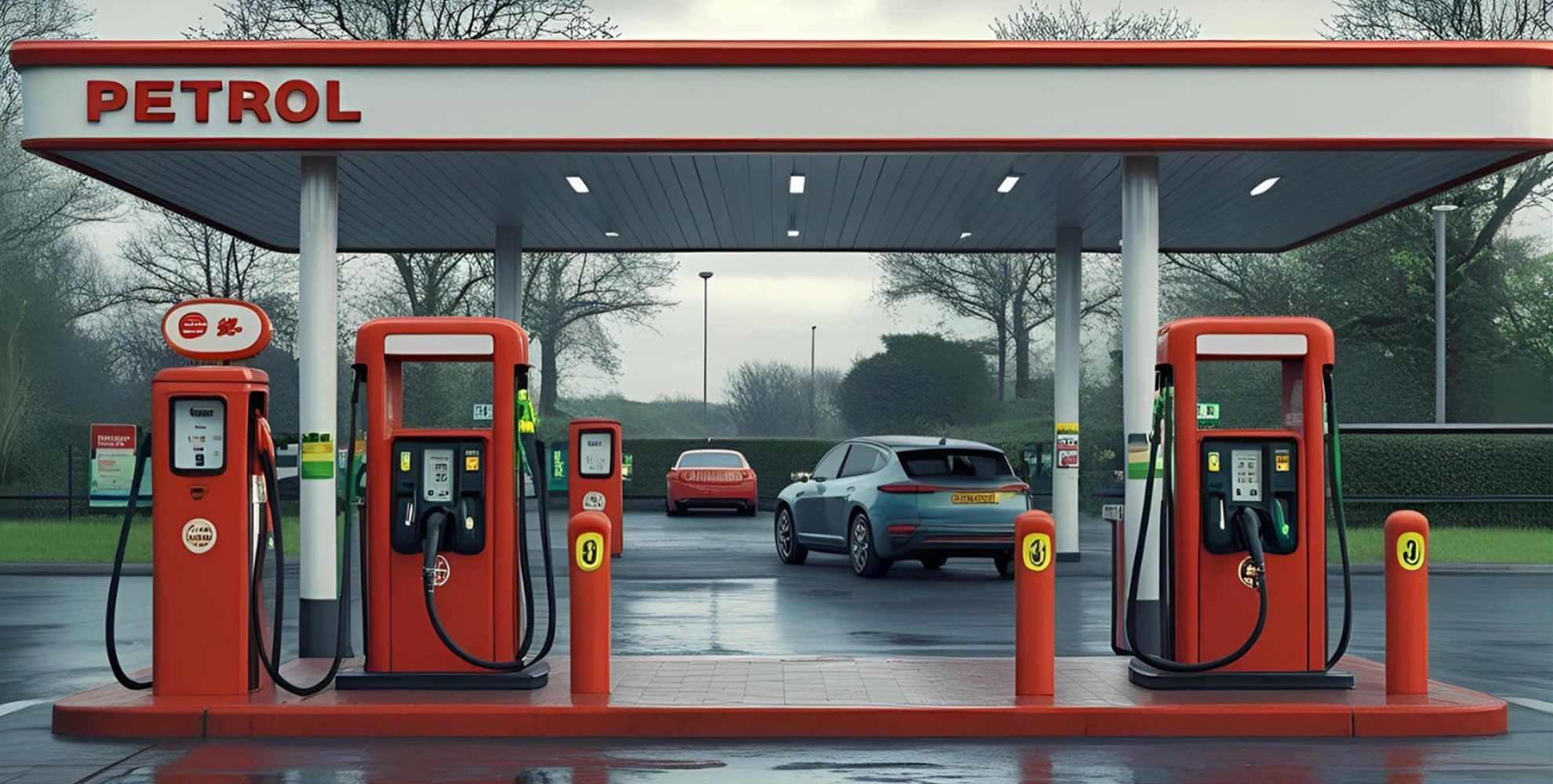format_quoteCarTango is Changing the Game — Want In?
Be among the first to know — and get exclusive perks at launch.Launching Soon
 access_time_filled
Become an Early-bird
access_time_filled
Become an Early-bird
 access_time_filled
Become an Early-bird
access_time_filled
Become an Early-bird

The UK’s plan to ban the sale of new petrol and diesel cars by 2035 has taken yet another twist. Back in February, the government confirmed the headline date, but recent developments have added fresh complexity — and a touch of confusion — to an already hotly debated policy.
In the months since, ministers have clarified that some new hybrid models will be allowed to remain on sale until 2035, provided they meet specific emissions criteria. At the same time, whispers from Westminster suggest there may be further tweaks to the Zero Emission Vehicle (ZEV) mandate, which currently requires an increasing percentage of new car sales to be electric in the years ahead.
For drivers, carmakers, and the wider automotive industry, the picture in May 2025 is both clearer in some respects and cloudier in others.
When the February announcement landed, some industry voices were quick to point out the challenge of transitioning entirely to electric vehicles (EVs) within a decade. In response, the government has confirmed that certain hybrid cars — those that can cover a “significant” distance on electric power alone — will be granted an extension until the 2035 deadline.
While this might seem like a win for hybrid fans, it also muddies the water for anyone planning their next vehicle purchase. Not all hybrids will qualify, and the criteria for approval are still being finalised. Car buyers may find themselves asking whether a new hybrid bought in 2030 will still be legal to sell just a few years later.
Alongside the ban, the ZEV mandate is one of the government’s main tools for pushing the industry towards full electrification. It sets strict targets for the percentage of new vehicles that must be zero-emission, starting at 22% in 2024 and increasing each year.
But as of May 2025, there are murmurs in Whitehall about possible adjustments. Industry insiders say these could include easing the pace of increases in the late 2020s, giving manufacturers more breathing room to meet demand and manage supply chains.
While nothing has been confirmed, the speculation alone is enough to keep dealerships and fleet operators on edge.
Perhaps the most perplexing development in recent weeks has been the uncertainty surrounding the £650 million package earmarked to support the EV transition. The funding, announced in late 2024, was intended to help expand the UK’s charging infrastructure and provide incentives for buyers.
However, reports suggest a portion of the money is being “reprofiled” — government-speak for reallocated or delayed. Ministers have offered few specifics, leaving questions about whether the funding will still reach local councils, charging network providers, and, ultimately, drivers.
The lack of clarity is troubling for businesses planning EV rollouts and for motorists in rural areas where charging facilities are still thin on the ground.
These policy shifts come against a backdrop of wider market instability. In April 2025, Heycar — a major online used car platform — announced it would be withdrawing from the UK market, citing “challenging conditions” and an increasingly competitive landscape.
While Heycar’s decision isn’t directly linked to the petrol/diesel ban, it underscores the reality that automotive businesses are juggling multiple pressures at once: changing consumer demand, volatile fuel prices, and the uncertain policy environment.
If you’re in the market for a new car in 2025, the safest approach is to think long-term. For buyers leaning towards petrol or diesel, be aware that while these vehicles can still be bought and sold second-hand beyond 2035, their resale value may decline as EV adoption accelerates.
Hybrids could be a middle ground — but only if you choose a model likely to meet the government’s yet-to-be-finalised rules. And for those considering an EV, the main hurdles remain cost, charging infrastructure, and the pace of technological development.
By mid-2025, the government’s commitment to ending new petrol and diesel sales by 2035 remains firm — at least in principle. But the finer details are still being shaped, and more changes are possible before the ban comes into force.
For now, the best advice is to stay informed and flexible. As we’ve seen in recent months, policies can shift quickly, and being prepared for those shifts will help buyers and businesses alike navigate the transition with confidence.